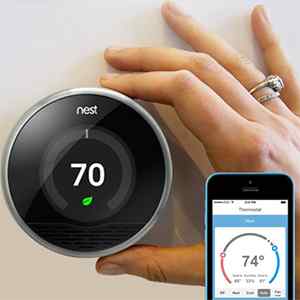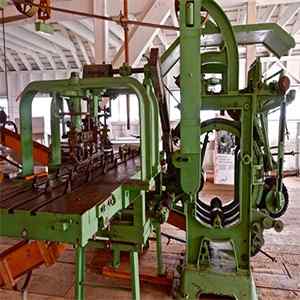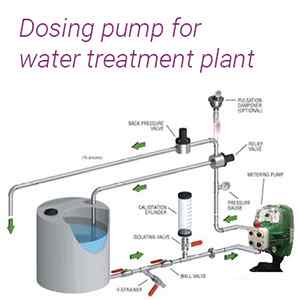An Overview And A Best Buying Guide For The Robotic Process Automation (RPA)
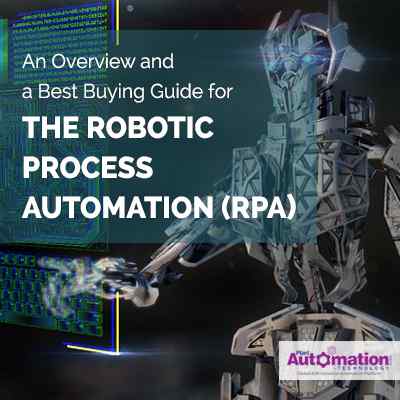
Robotic process automation is a software with preprogrammed learning capabilities to emulate and integrate the actions of a human interacting within digital systems.
"A Grand View Research, Inc. report expects that RPA market would reach $8.75 billion by 2024".
At present RPA is applied in various industries like Customer support, Accounting, Financial Services, Healthcare and Supply chain management.
A research gateway reveals that 20% of the women and 21% of the men, jobs would be displaced by 2030. It is 60% of the Global GDP and more than 50% of the global population.
RPA is divided into three major workbots
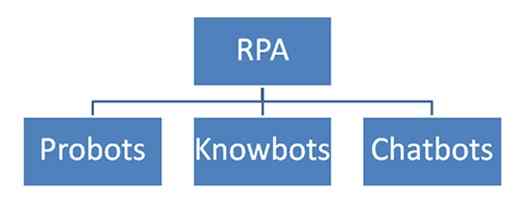
Pro Bots: Probots are bots that follow simple, repeatable rules to process data.
Know Bots: Knowbots are bots that search the net to gather and store user-specified information.
Chat Bots: Chatbots are virtual agents who can respond to customer queries.
Features:
- Better accuracy
- Improved compliance
- Fast cost saving
- Super scalable
- Increased speed and productivity
- Reduce processing errors.
Dive Brief:
- RPA platforms can be managed centrally and scale massively.
- As it can read, write, copy and paste, it also understands the advancements and use it to built improved automation.
- They are really quick and also monitors and analyze the system temperature ensuring its long and smooth run.
- As they are real-quick, optimizing or restricting the bot working hours helps in monitoring the process.
Upcoming Milestones:
- Organizers using RPA are realizing that automation tools do not function best as stand-alone systems, integrating with other tools get most out of them.
- RPA integrating with the AI and self learning capabilities for the futuristic RPA 2.0 market.
- Smart process Automation (SPA) is an extension to automate the unstructured data work, as robots are unable to manage by itself.
- You can create your own bot with a configurable set of software program to work on your specific task.
- Simplifying and standardizing the RPA program, would slowly lead to No Code RPA.
Best buying guide for RPA:
- Figure out a clear picture on the RPA and its applications.
- You will gain extensive knowledge by comparing the work process of the RPA to that of the traditional automation.
- Choose the right process which suits your automation, and retrospect the process dependencies.
- Research and compare the RPA tools in the existing market.
- Make sure your business don't suffer any loss while you experience the first automation task.
Business Line:
An operations service provider from the Europe was processing 2,500 sick leave certificates per month, with an average handling time of four minutes per each sick leave. After implementing RPA solution they achieved 90% process automation. The RPA robot extracts data from a transaction in SAP, inserts the information into the customer’s systems, and prints it. The HR service provider achieved a return-on-investment within six months, with 0% error rates, manual effort reduced to 5%, and processing time reduced by 80%.
| Also Read:When to Invest in Robotic Process Automation (RPA) for Manufacturing: A Guide to Key Indicators and Scenarios |
"Organizations using RPA are achieving 80% of the ROI in just 12 months, and potential accumulative cost reductions can reach 20% within less time."








